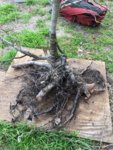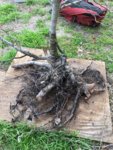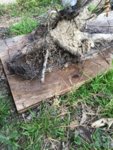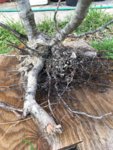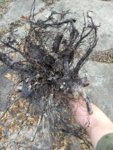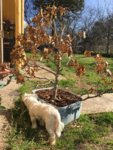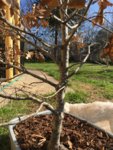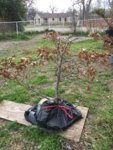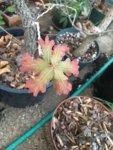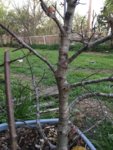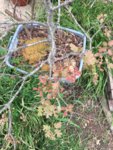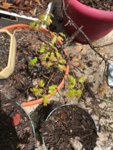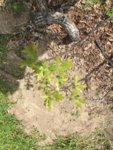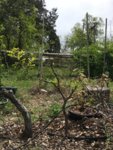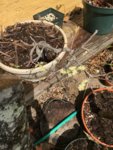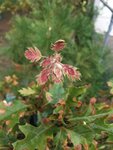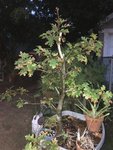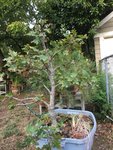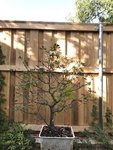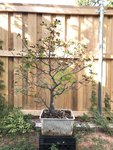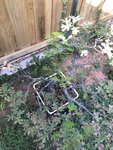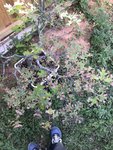Leo in N E Illinois
The Professor
- Messages
- 11,465
- Reaction score
- 23,765
- USDA Zone
- 5b
Maybe stupid question but would not be good idea to trunk chop the ones that not going to be collected this year?
As the roots are still in the ground would that not helped with recovery? They going to be trunk chopped anyway when collecting so why not to do it year or 2 earlier ?
Trunk chopping a tree in the field a year or two before collecting can (often does, but not always) backfire. In a forest, where the tree is competing for light through the canopy, chopping the tree will put it at a competitive disadvantage with the other trees around it. Similar with chopping roots, you can put the tree you want at a competitive disadvantage, and risk the tree dying before you can collect it. Even if it doesn't kill the tree, the competition from the surrounding trees can weaken the back budding you were hoping for. More often than not chopping a tree in the wild, then coming back later to collect does not yield results as good as doing it all at once, collect, chop and root prune as you are collecting the tree. Just my personal experience.
Even trees in an open field. Chopped and root pruned some elms, their main competition was grass. The dry summer just about killed them. Other elms collected without pre-treatment did much better with back budding and forming tight close in roots. The dry spells in summer competing with grasses for water was enough to cause a poor response. Even in the easiest of species to collect - elms.
So I do not recommend doing either root, or trunk chopping in the wild the year or two before collecting.

